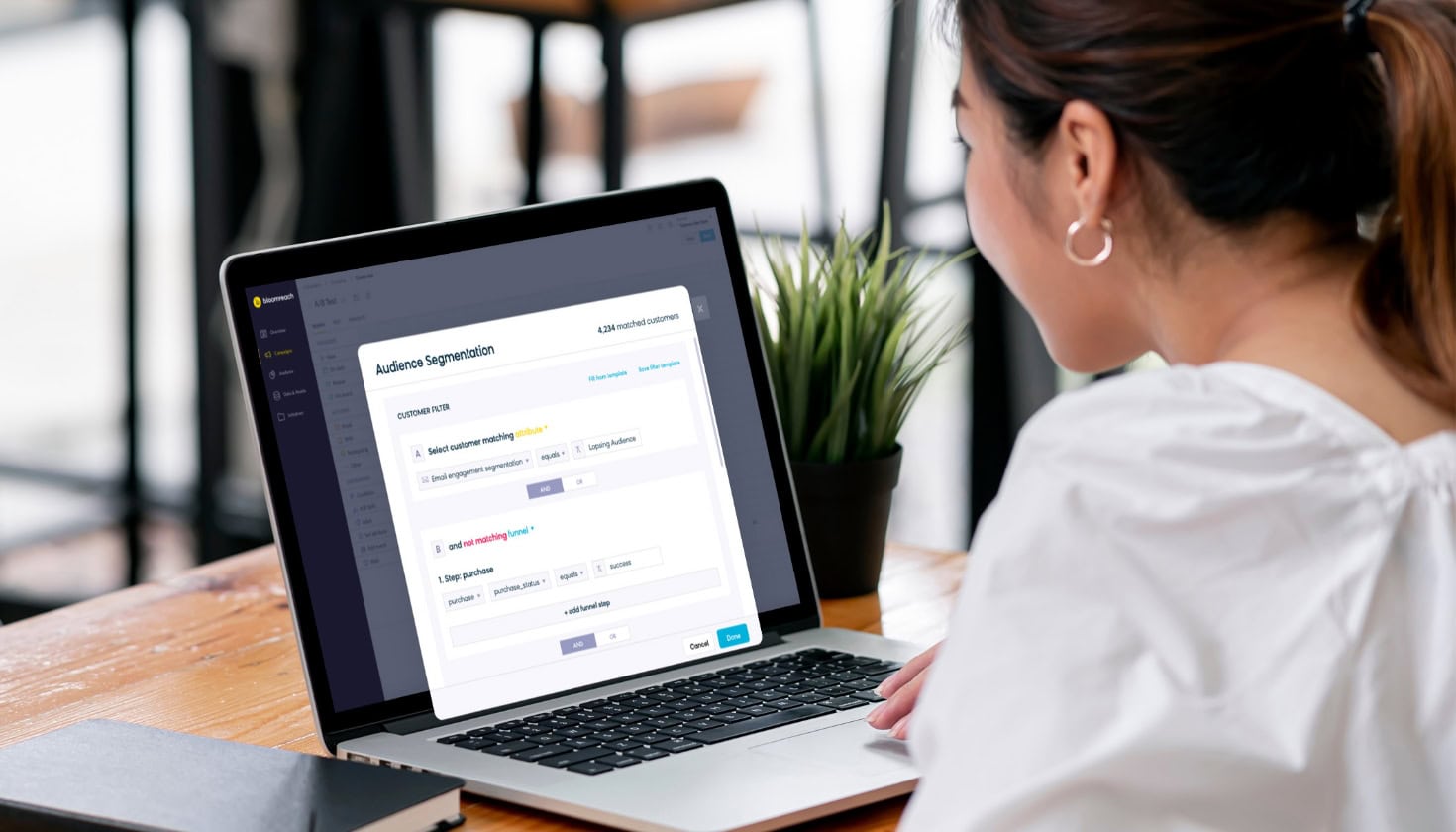By now, you’ve probably heard that Google’s finally phasing out third-party cookies. And it’s not getting pushed back this time — Google’s already restricted third-party cookies for 1% of Chrome users and plans to ramp up to 100% by Q3 2024.
While this is great news for those who value their data privacy, it poses a difficult challenge for digital advertisers. Without third-party cookies, how can they understand what consumers want, deliver relevant ads, and also track and optimize accordingly?

Fortunately, with the power of conversion APIs, marketers can take full advantage of their data to boost the return on investment (ROI) and return on ad spend (ROAS) of their campaigns. Let’s dive in to learn more.
Connecting the Dots With Conversion APIs
In many ways, the death of third-party cookies served as a welcome wake-up call to marketers and digital advertisers. While easy to implement, these cookies only provide partial information about the customer (i.e., browser events and website interactions), which means the campaigns you can deliver with that information are equally incomplete.
With conversion APIs, though, you connect the zero-party and first-party data you’ve collected through your internal servers with the ad platforms (also known as server-side tracking). Here’s why this is important for your ad campaigns:
More Control Over Your Campaigns
Because conversion APIs pull from data you already own internally, you can choose what data you want to send to the ad platforms. This results in more granular segmentation on your campaigns so you can deliver more relevant ads that drive clicks and conversions.
Improved Tracking
The big problem with third-party cookies is that you don’t own any of that data. With conversion APIs, you can measure your ad performance across the entire customer journey. Capture detailed behavioral data (views, clicks, purchases, etc.) to help you better understand attribution and how to further improve your digital advertising strategy.
This is especially important in connecting your ad platform data to bottom-line business metrics like purchases and revenue. Instead of having all that data sit on another platform, you can better understand the ROI of your campaigns and use that data to drive incremental performance.
Better Optimized Ads
To serve relevant ads, you need as much data as possible. With conversion APIs, you send your conversion data (i.e., purchases) back to your campaign, so you get a better understanding of which ads just drove money for your brand. And, because the data coming in via API is more accurate than cookies, you can be confident that you’re optimizing based on real results.
Additionally, conversion APIs aren’t as affected by connectivity issues, browser errors, or ad blockers, ensuring you’re capturing the right performance data. Using this data to optimize is key to generating more conversions (and ideally, revenue) while reducing costs, ultimately boosting ROAS and ROI across your campaigns.
Driving Results With Bloomreach’s Conversions API
To take full advantage of conversion APIs, you’ll need a powerful all-in-one platform like Bloomreach Engagement, which unifies your data into a single customer view. When combined with the Facebook Conversions API (FB CAPI) integration, you can effectively capture offline and deep-funnel events without having to rely on a pixel.
Just look at what Bloomreach customer Weird Fish was able to accomplish with conversion APIs. As third-party tracking became less and less reliable, Weird Fish connected FB CAPI to Bloomreach Engagement to exercise more control over its campaigns and better optimize them.
After running a four-month test, Weird Fish saw an 82% increase in revenue, a 17% increase in impressions, and a 3% increase in reach on its Facebook Ad campaigns. These incredible results were made possible with conversion APIs.
As the sun starts setting on third-party cookies for good, it’s time for you to think about the future of your ad campaigns. Ready to optimize your ads with conversion APIs? Learn more about how Bloomreach can help.
















